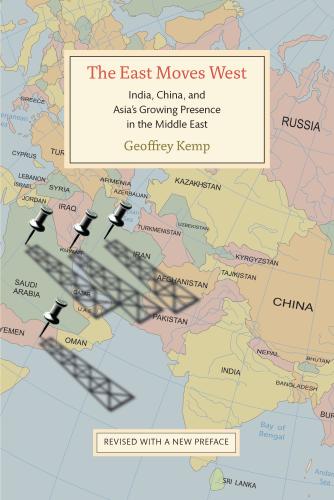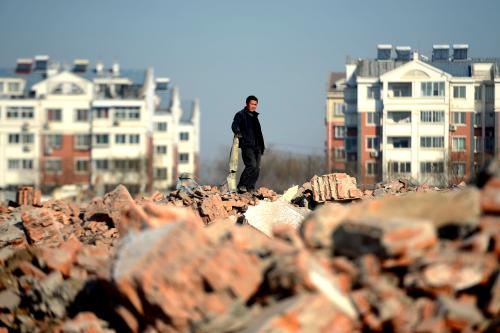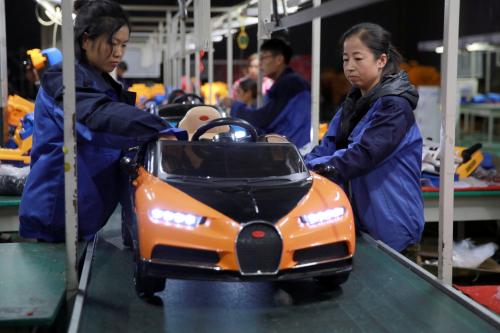For some years, we’ve been reading that Chinese manufacturing jobs will soon be moving to Africa, just as United States manufacturing had left for China when it joined the World Trade Organization in 2001. According to the May-June 2017 issue of the Harvard Business Review, the exodus might be gaining speed:
“Chinese entrepreneurs are being both pushed and pulled into Africa. On the push side, China’s ascendancy in global manufacturing is now coming under structural pressure. A generation under the one-child policy has shrunk the country’s labor pool, causing shortages in its coastal manufacturing hubs. And labor costs have risen sharply in recent years: Hourly manufacturing wages have increased by 12 percent annually since 2001, and productivity-adjusted manufacturing wages nearly tripled from 2004 to 2014.
“According to Justin Yifu Lin, a former chief economist at the World Bank, ‘China is on the verge of graduating from low-skilled manufacturing jobs… That will free up nearly 100 million labor-intensive manufacturing jobs, enough to more than quadruple manufacturing employment in low-income countries.’ To put that into perspective, when manufacturing employment reached its peak in the United States, in 1978, only 20 million people had jobs in American factories. Now five times that number of jobs are about to migrate out of a single country: China.”
For the sake of the developing world, I wish this were true.
Looking at the numbers
The World Bank recently published a detailed report on the future of manufacturing, ominously titled “Trouble in the making?” Figure 1 shows two charts from the book. The top chart shows that in 2015 money from manufacturing was split 50-50 by high-income economies and the developing world. China’s share was half of the latter and still growing. The rest of Asia was 10 percent and rising. Africa barely registered.
Figure 1: Value added and employment in manufacturing, 1990-2015
Source: Hallward-Driemeier and Nayyar (2018)
If you care more about jobs than money, the bottom chart is more encouraging. In 2010, manufacturing jobs were split 15-85 between high-income and developing countries, with Africa’s share rising until 2010. But so was China’s share.
We know what happened since, at least until 2014: China’s manufacturing employment was still rising. In 2014, in just the formal sector, the total was about 120 million manufacturing workers—more than 10 times the employment in U.S. manufacturing. To figure out how long this could go on, it is useful to look at international comparisons of labor costs, published by the Conference Board:
- Chinese manufacturing workers got 11.5 percent of what American manufacturing workers made in 2013 (hourly compensation costs in U.S. manufacturing were about $36). This may be an overestimate, since the Conference Board cautions: “Manufacturing workers in unregistered or informal manufacturing, who earn substantially less than their formal sector counterparts, are not included. Further, urban unit data are highly skewed toward the state-owned sector, introducing further bias in the final estimates.”
- Labor costs are even lower elsewhere in Asia: They were 4.5 percent of the U.S. cost in India (and steady), 6 percent in the Philippines, and 16 percent in Turkey. Costs in Vietnam are likely to be closer to India’s than China’s.
- In Latin America, it is 16 percent (and falling) in Mexico and 21 percent in Brazil.
Manufacturing and Technology News warns, “Both narratives—that China is losing manufacturing jobs and that the wage gap is almost closed between American and Chinese workers—are far off the mark.”
The reason for the ostensive rise in China’s labor costs is the belief that its workforce is shrinking rapidly. But a closer look at China’s demographics would make you think again. The alarm is about dependency ratios, which are indeed projected to rise. But what really matters for the subject at hand is the size of the workforce, not the number of elderly Chinese. The U.N.’s population estimates indicate that the population aged 15-64 will be a billion in 2025; in 2050 the number of Chinese aged 15-69 will still be almost a billion. Don’t bet on China giving back manufacturing jobs any time soon.
Figure 2: U.N. Population Estimates for China (thousands), 1950-2050
Note: The most recent estimates are available at https://www.un.org/development/desa/publications/world-population-prospects-the-2017-revision.html
There is one scenario in which this could happen: If manufacturing wages in China rose to levels close to those in high-income countries. Of course, this would also likely mean that Chinese productivity would also have risen a lot, and under plausible assumptions, that in turn would mean that much fewer manufacturing workers would be needed to fulfill global demand for manufactured goods.
Either way, for the slow and late industrializers in Latin America, South Asia, and Africa, trouble is indeed in the making.











Commentary
Future Development Reads: China’s shifting manufacturing labor pool is creating global dreams—and nightmares
November 17, 2017